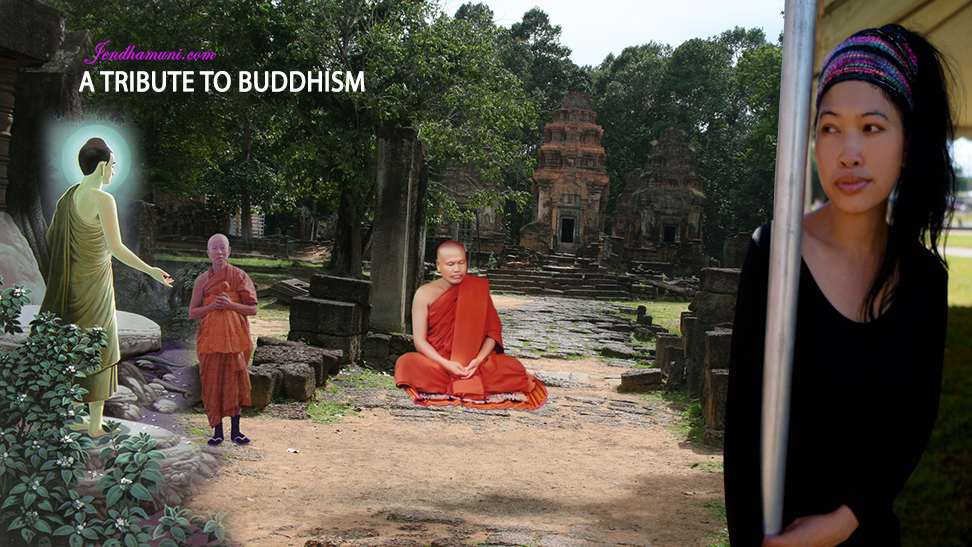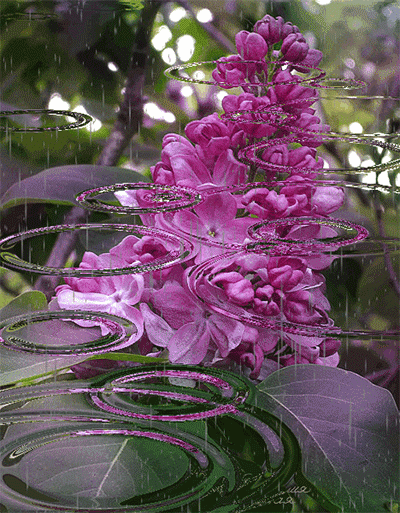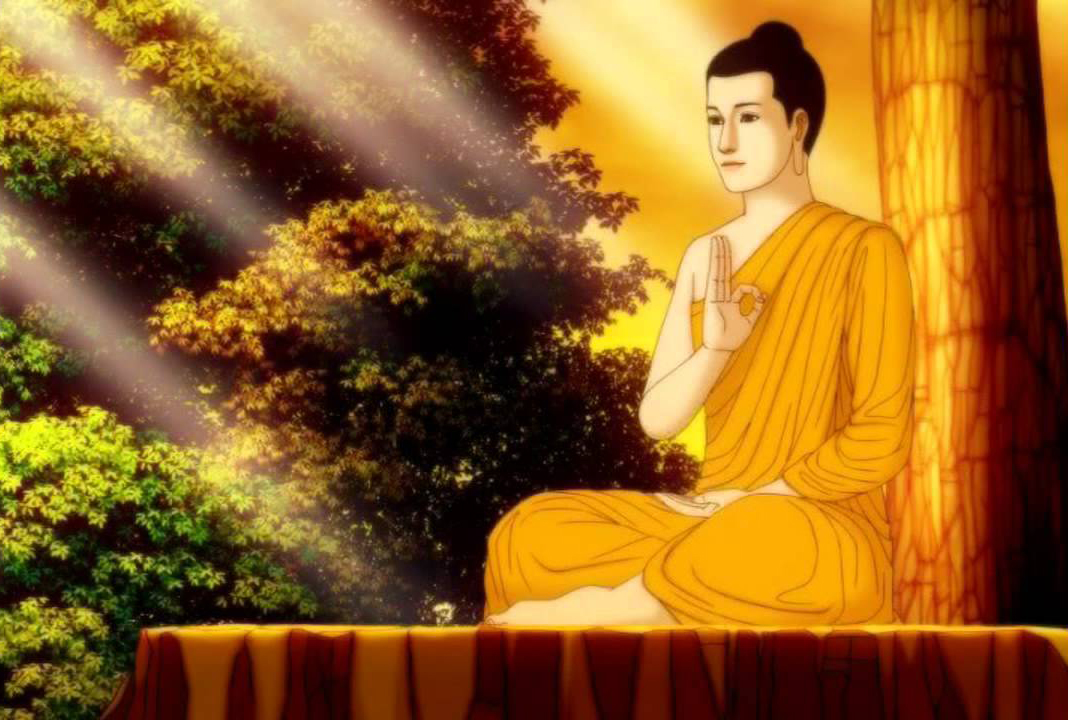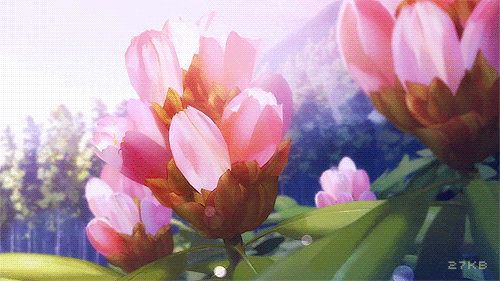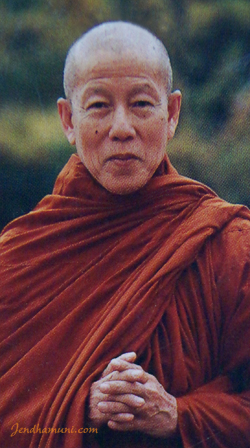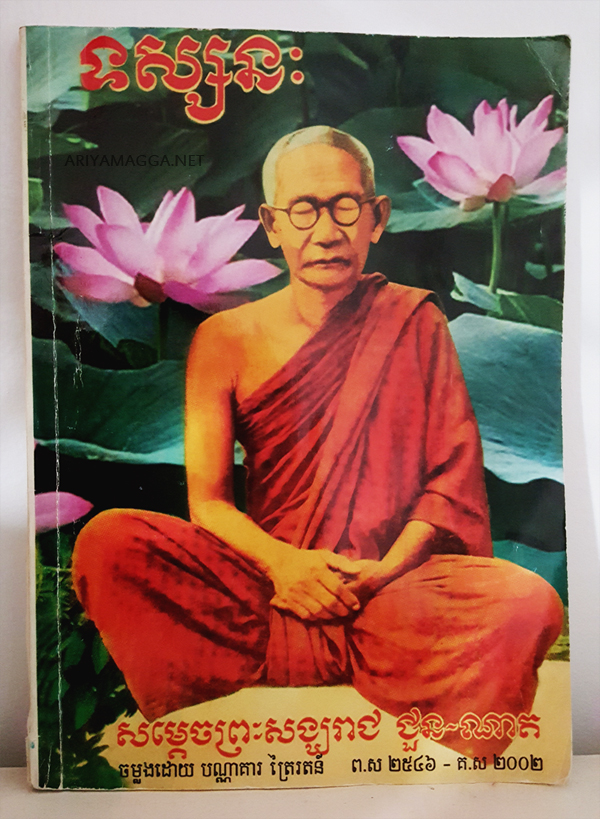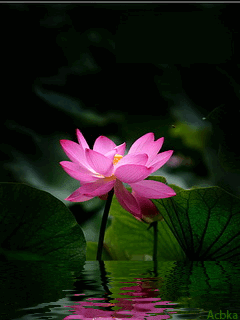
If someone has compassion, he is a Buddha;
Without compassion, he is a Lord of Death.
With compassion, the root of Dharma is planted,
Without compassion, the root of Dharma is rotten.
One with compassion is kind even when angry,
One without compassion will kill even as he smiles.
For one with compassion, even his enemies will turn into friends,
Without compassion, even his friends turn into enemies.
With compassion, one has all Dharmas,
Without compassion, one has no Dharma at all.
With compassion, one is a Buddhist,
Without compassion, one is worse than a heretic.
Even if meditating on voidness, one needs compassion as its essence.
A Dharma practitioner must have a compassionate nature.
Compassion is the distinctive characteristic of Buddhism.
Compassion is the very essence of all Dharma.
Great compassion is like a wish-fulfilling gem.
Great compassion will fulfill the hopes of self and others.
Therefore, all of you, practitioners and laypeople,
Cultivate compassion and you will achieve Buddhahood.
May all men and women who hear this song,
With great compassion, benefit all beings!
~ Shabkar

